This photo shows the flagship Mikasa of the Imperial Japanese fleet under the command of Admiral
Heihachiro Togo during the Sea of Japan battle against Admiral Rozhestvensky's
Russian Baltic Fleet at Tsushima Straits on May 27, 1905.
Photo taken by Ted
Yokohama
This photo shows statue of Admiral Heihachiro Togo
Photo taken by Ted
Yokohama
This photo shows stern of Battleship Mikasa and Rising Sun Flag (Naval Ensign)
Photo taken by Ted
Yokohama
This photo shows Port (left side) of Battleship Mikasa
Photo taken by Ted
Yokohama
This photo shows the Japanese Imperial Crest (Kiku no Go-Mon) worn by all ships in commission
Photo taken by Ted Yokohama
This photo shows 2-12 inch, 40 cal. guns seen from the flying bridge where Admiral Heihachiro Togo was standing at during the Sea of Japan battle against Admiral Rozhestvensky's
Russian Baltic Fleet at Tsushima Straits on May 27, 1905.
Photo taken by Ted Yokohama
This photo shows 2-12 inch, 40 cal. guns
Photo taken by Ted Yokohama
This photo shows the flying bridge where Admiral Heihachiro Togo was standing at during the
Sea of Japan battle against Admiral Rozhestvensky's Russian Baltic Fleet at Tsushima Straits on May 27, 1905.
Photo taken by Ted
Yokohama
This photo shows part of the flying bridge at which Admiral Heihachiro Togo was standing during the Sea of Japan battle against Admiral Rozhestvensky's Russian Baltic Fleet at Tsushima Straits on May 27, 1905.
Photo taken by Ted Yokohama
Admiral Heihachiro Togo hoisted Z flag aboard flagship Mikasa immediately before engaging
Admiral Rozhestvensky's Russian Baltic Fleet at Tsushima Straits on May 27, 1905.
Photo taken by Ted Yokohama
Naval Mine, an explosive device placed in water to destroy ships, used by the Imperial Japanese Navy during Japan-Russia War
Photo taken by Ted Yokohama
Stern of Battleship Mikasa and monument of Warship March designated as ceremonial music in
1900
Photo taken by Ted Yokohama
Shells used in those days
Photo taken by Ted
Yokohama
News Presenter Mr. Yamanaka: The Russian Baltic fleet that left the Baltic Sea in September, 1904 for Japan has just entered Japan's territorial waters near Tsushima Straits today. The Sea of Japan battle will begin any time soon. Ms. Tashiro. Will you present our breaking news in detail?
News Presenter
Ms.Tashiro: Since our Imperial Japanese Army for the first time exchanged fire with the Imperial Russian Army on February 8, 1904, our army has been achieving brilliant military results in Port Arthur, Houten, etc. on the Liaodong Peninsula. Our victory will become almost certain only when the Russian Baltic fleet is destroyed in the Sea of Japan. Now, we will be getting the latest report of the Russian Baltic fleet movements from our reporter Mr. Ebata now at Tsushima Straits.
News Reporter Mr. Ebata: As you can see now , a large formation of warships is moving toward us. It appears that there are 40 battleships in the formation. But there is also a report coming in that a total number of the enemy ships are 38. We have not known any details yet. Our Imperial Japanese Navy fleet looks moving in formation with a majestic appearance.
News Presenter Ms.Tashiro: Mr. Ebata, we have just received a report saying that upon the」confirmation of the Russian Baltic fleet passing through Tsushima Straits by the Imperial Japanese Navy, our Admiral Togo has wired a message to every battleship under his command. Do you have any idea of what his message says?
News Reporter Mr. Ebata: His message reads "Weather is fine but waves are high today." Our naval fleet look ready to fire at any moment. I am Ebata reporting from Tsushima Straits.
News Presenter Ms.Tashiro: Thank you very much for your report. Whenever you have any new development, please report to us. What does Admiral Togo's message mean? Mr. Yamanaka.
News Presenter Mr. Yamanaka: The message sent by Admiral Togo can be broken into two parts. The first part is "Weather is fine.", suggesting that since visibility is good, we can clearly observe the movements of our enemy ships. The second is "Waves are high.", meaning that our battleships are expected to demonstrate better maneuverability than the Russian ones do because our formation is smaller compared with the Russian one.
News Presenter Ms.Tashiro: If our naval fleet wins this battle. what will happen then?
News Presenter Mr.Yamanaka: It will be an epoch-making event because no Asian and African races have ever won a battle against the white race in the modern times. So, our Imperial forces will achieve the first victory over the white race since the colonization of Asia and Africa began. Not only the Empire of Japan will be joining the club of major powers but also India and Southeast Asian states now colonized by the western powers will gradually resist their domination. This is a kind of picture we can see now.
News Presenter Ms.Tashiro: Many of the colonized Asian and African states may seek their independence from the western colonialists if the great achievement of wining over the Russian empire is made today.
News Presenter Mr.Yamanaka: That's right. So, I sincerely hope that our Imperial Navy will defeat the Russian Baltic fleet.
News Presenter Ms.Tashiro We will interrupt our regular programs and report any new developments whenever they come in. The whole world is now watching this event and Japan.
Note: The above is only a tentative translation of what's being reported. Please contact The Imperial Headquarters of the Empire of Japan for more precise information。
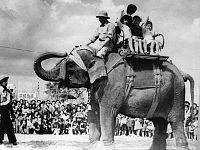


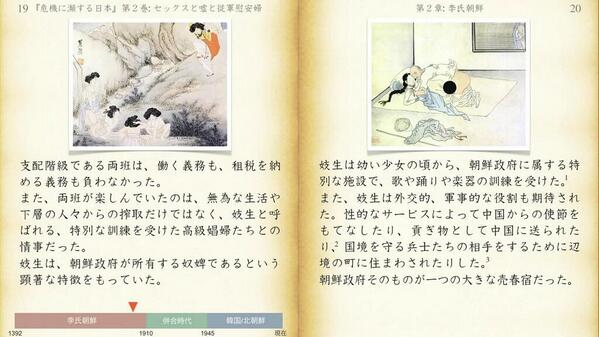

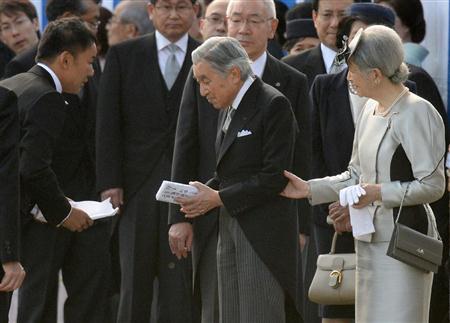
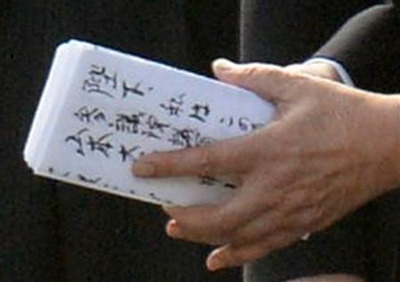
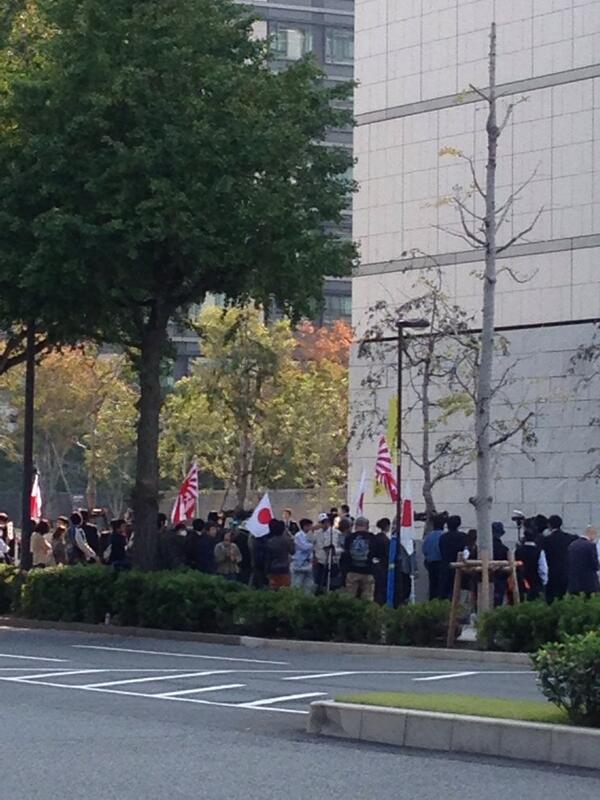
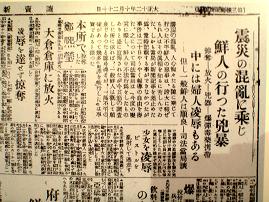


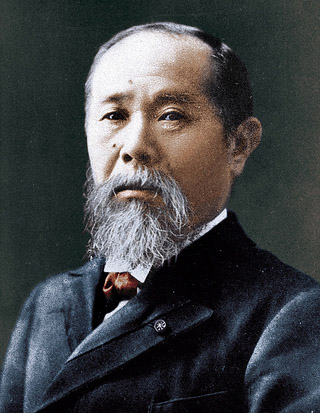

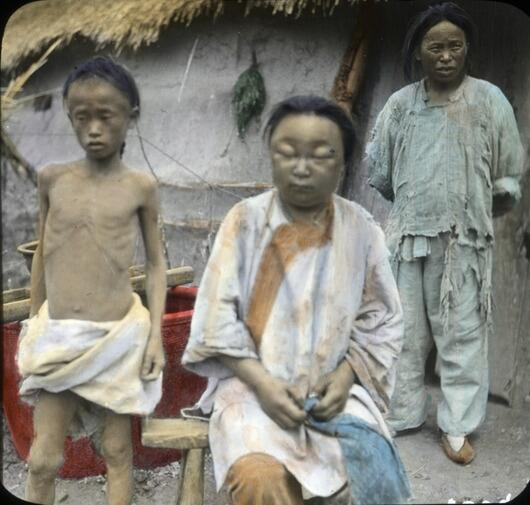
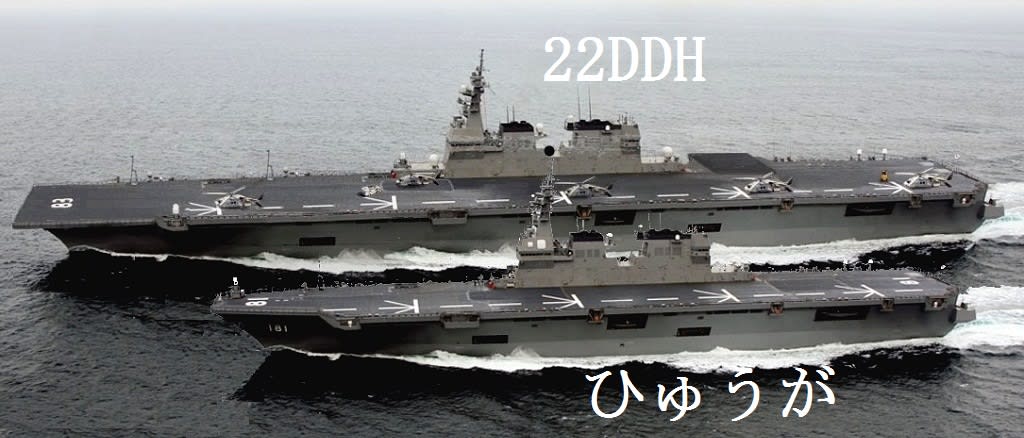
















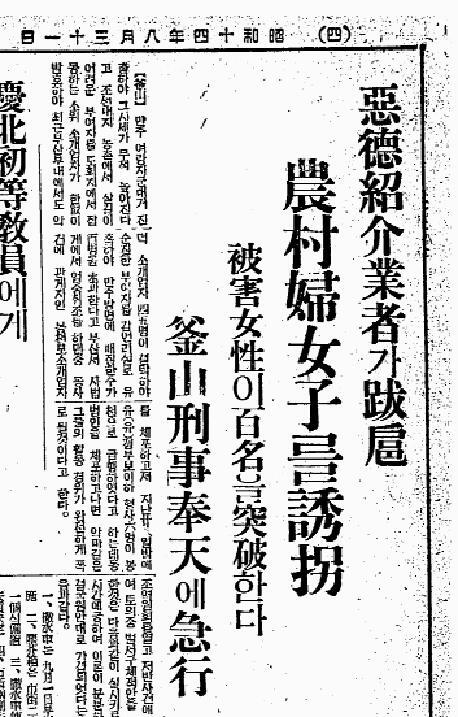

Recent Comments